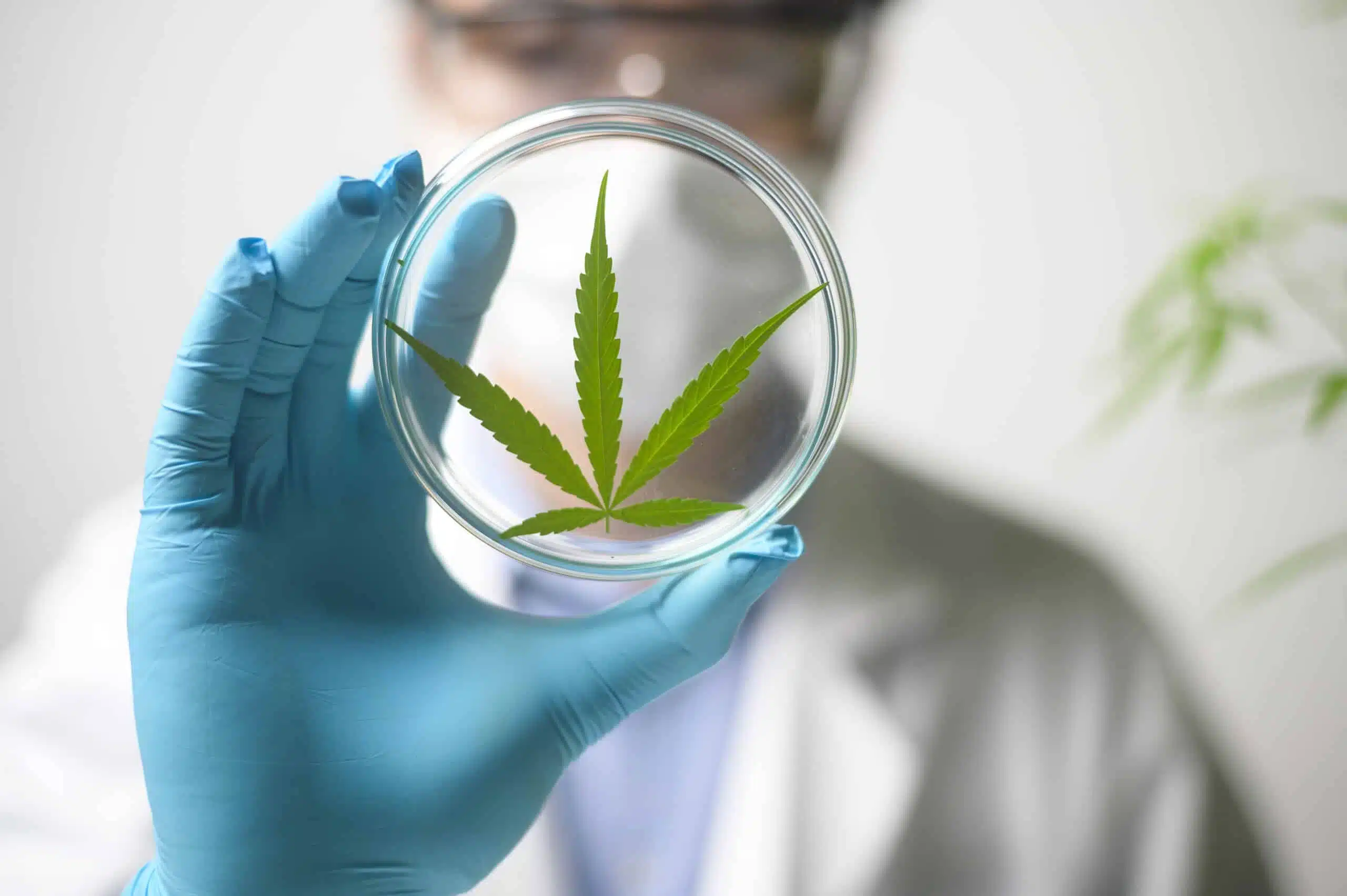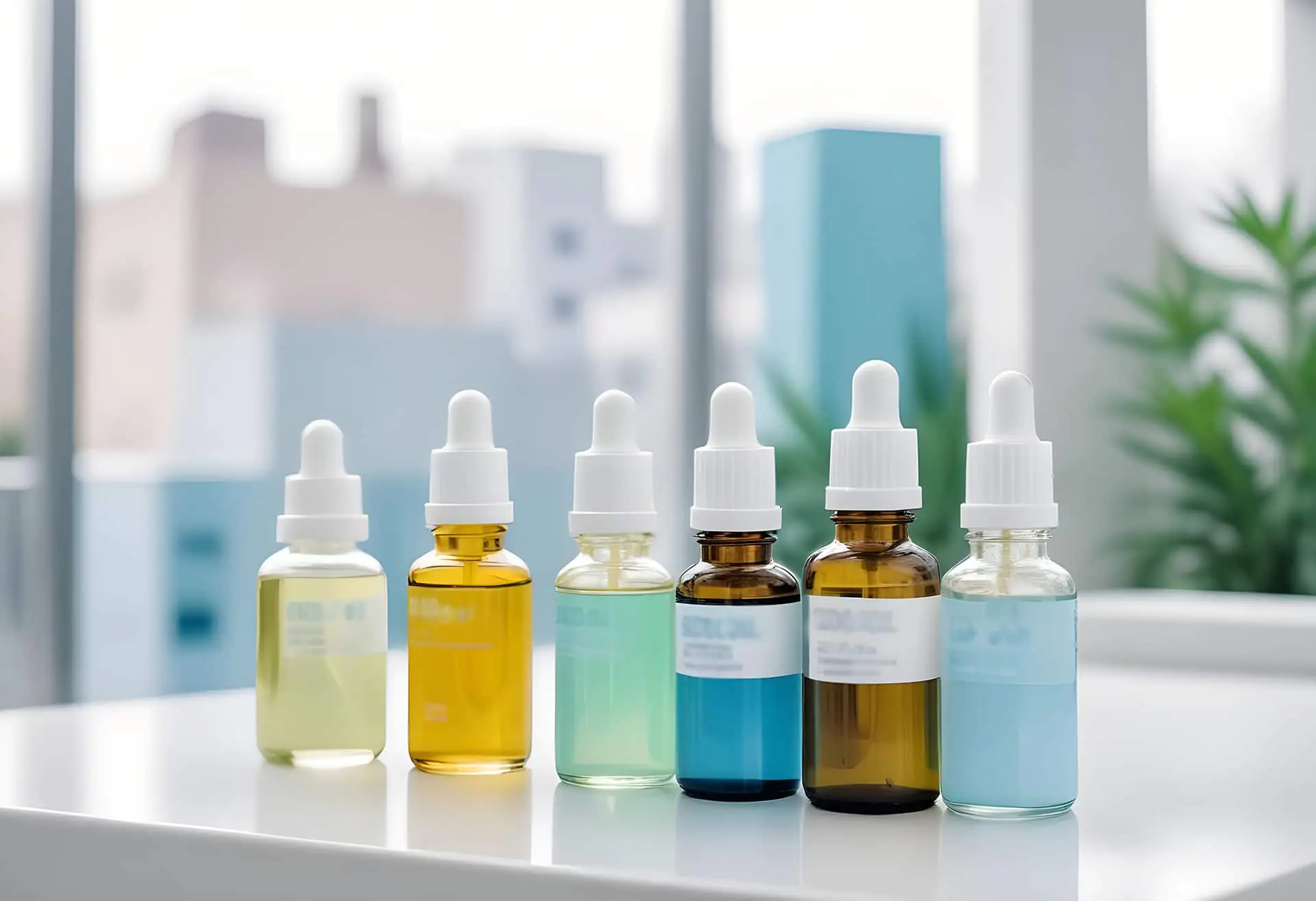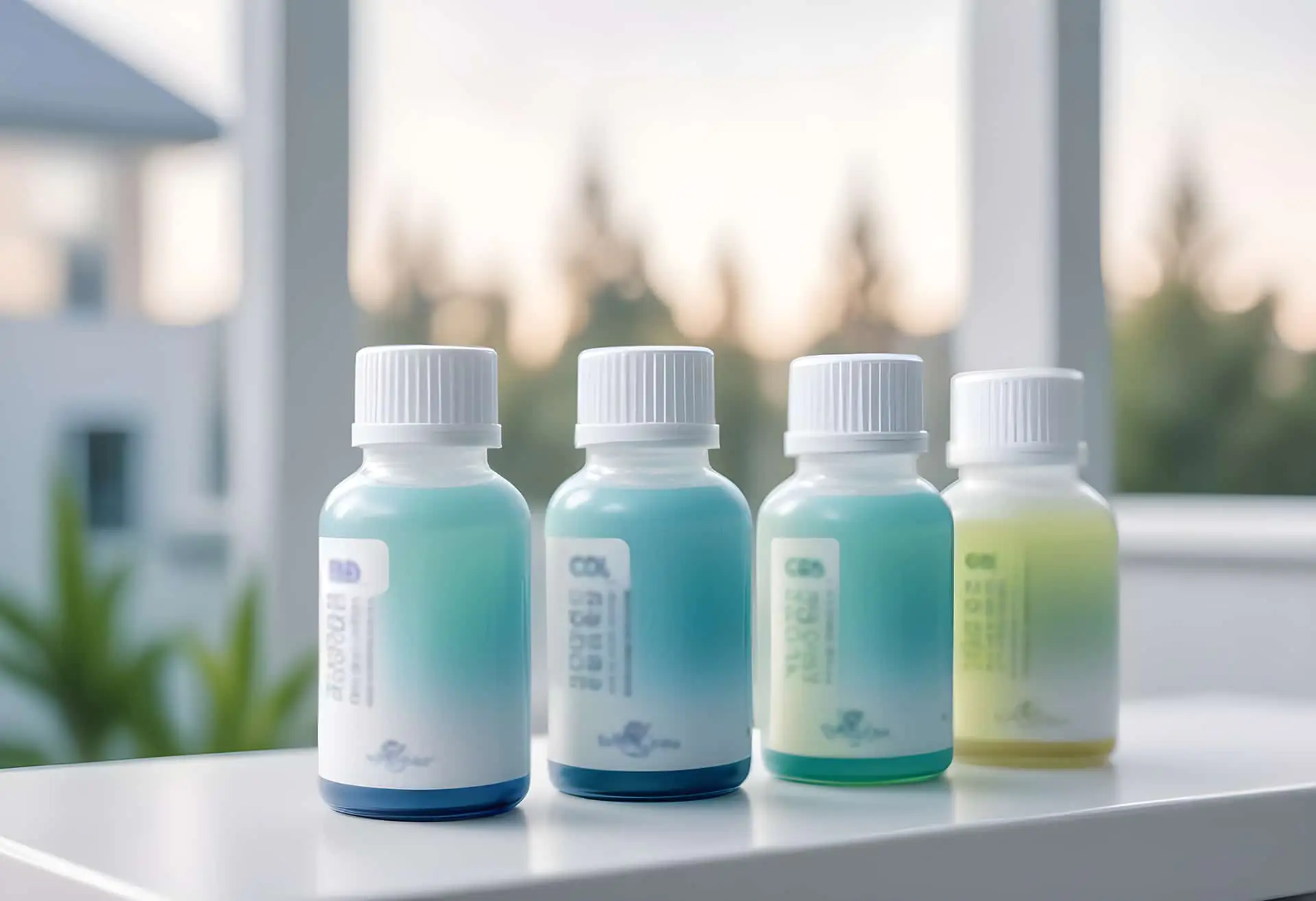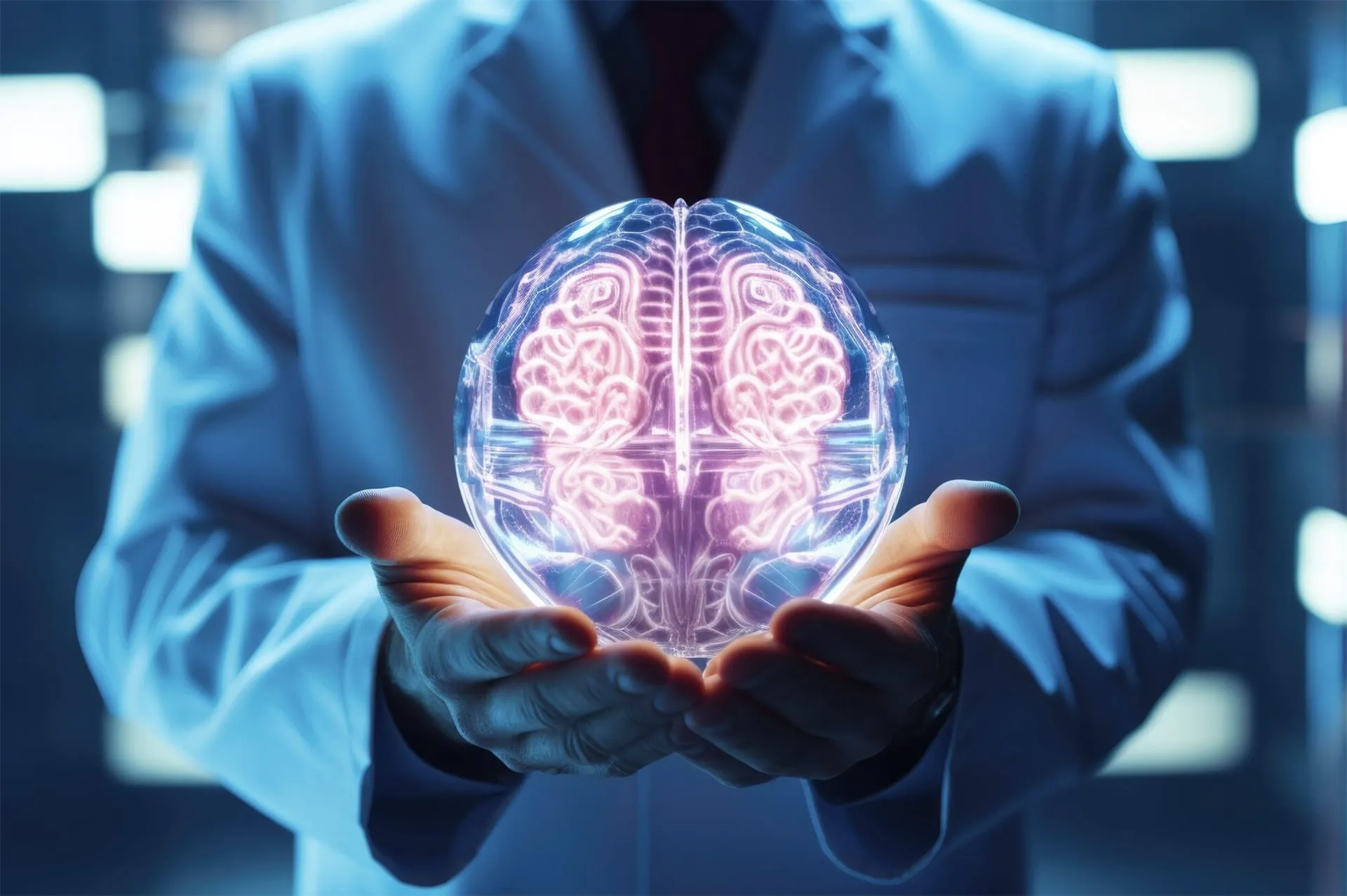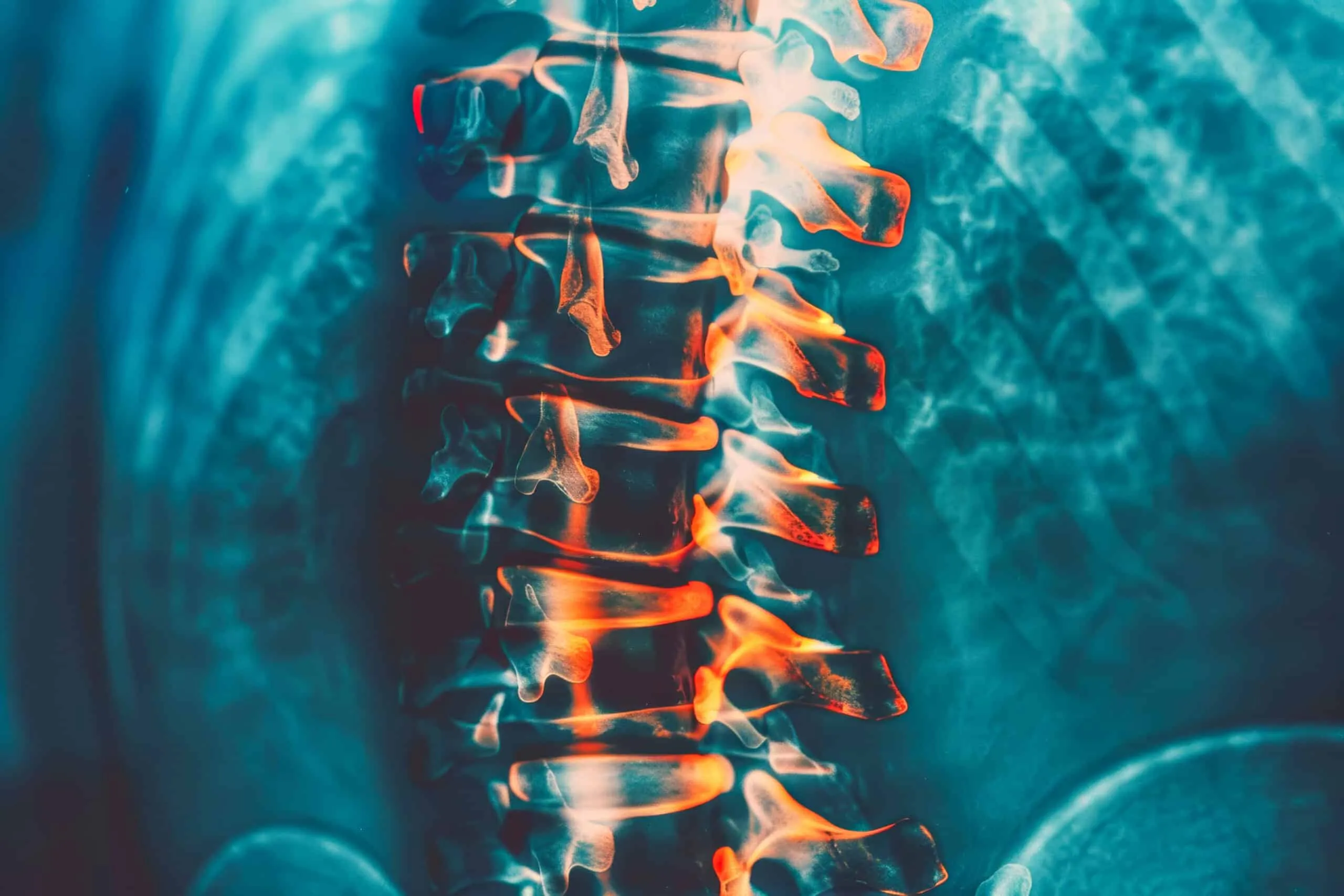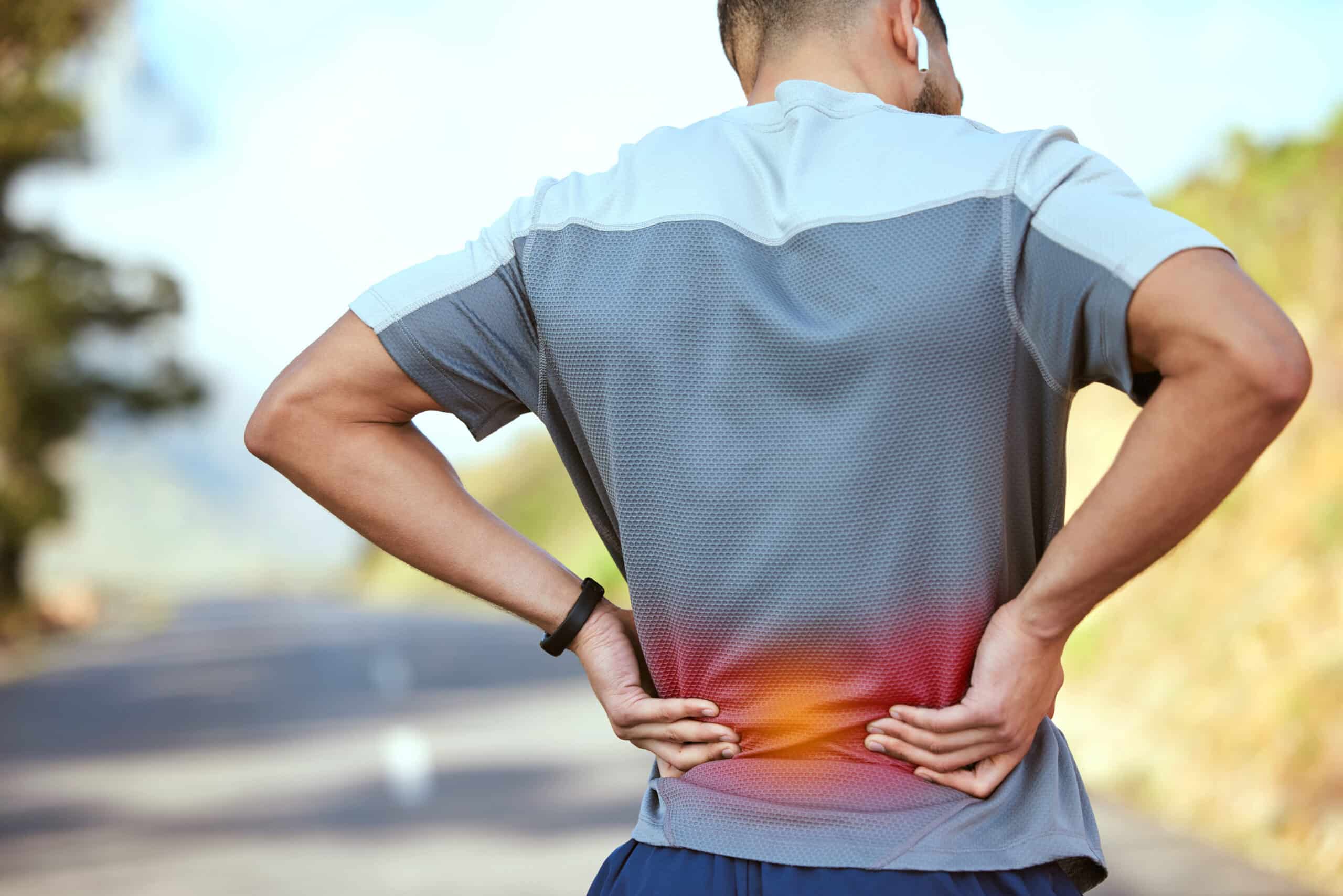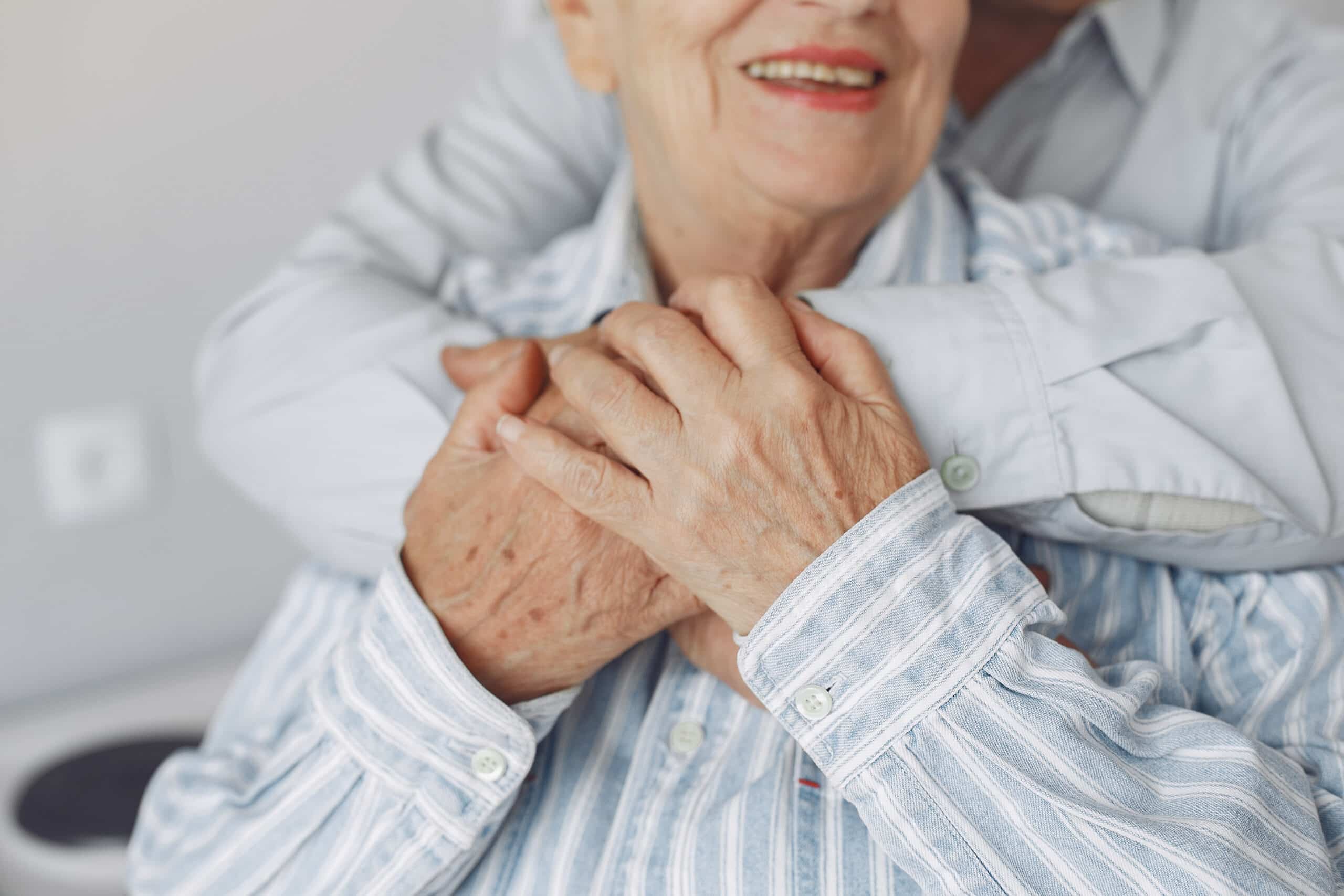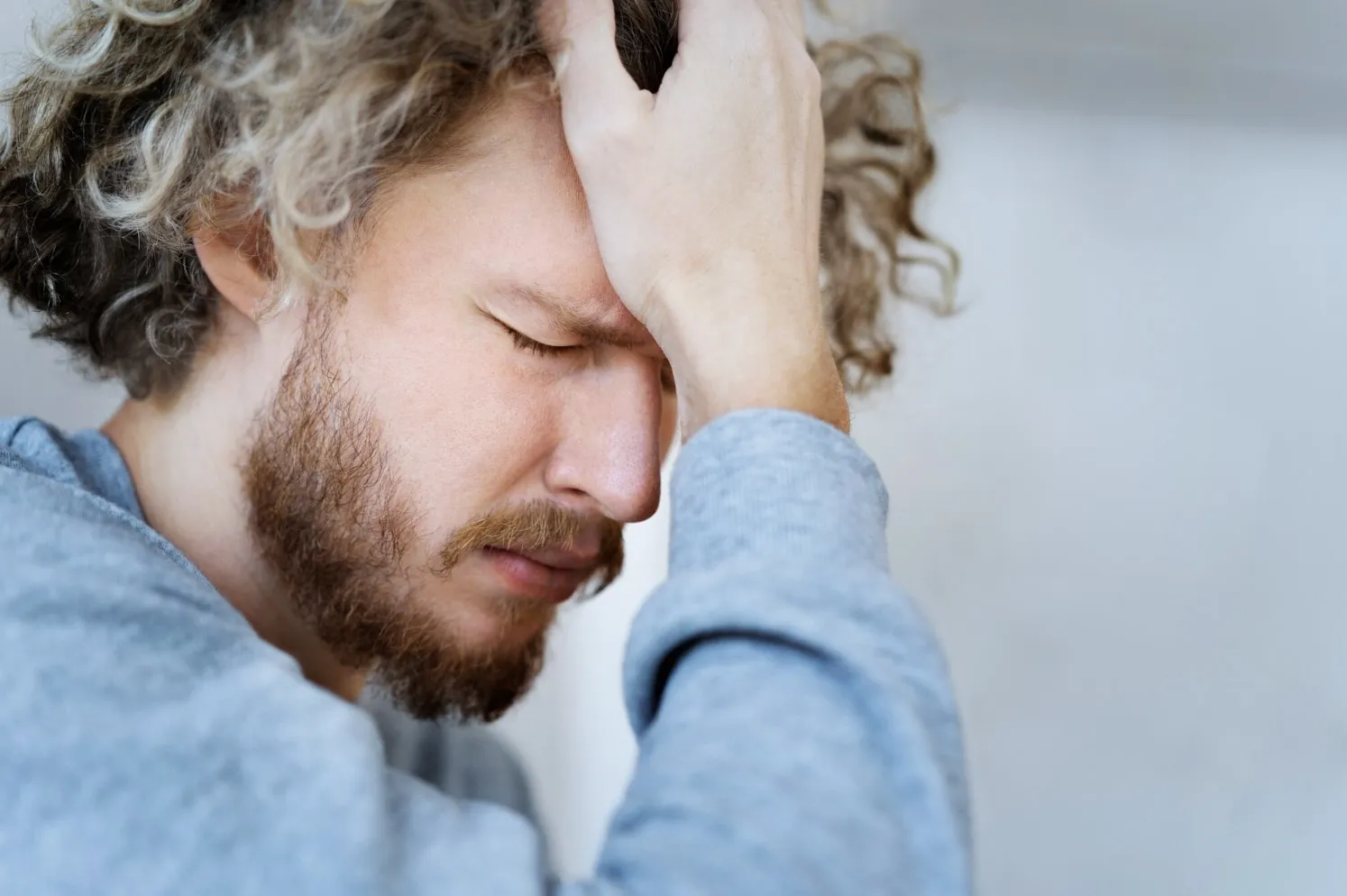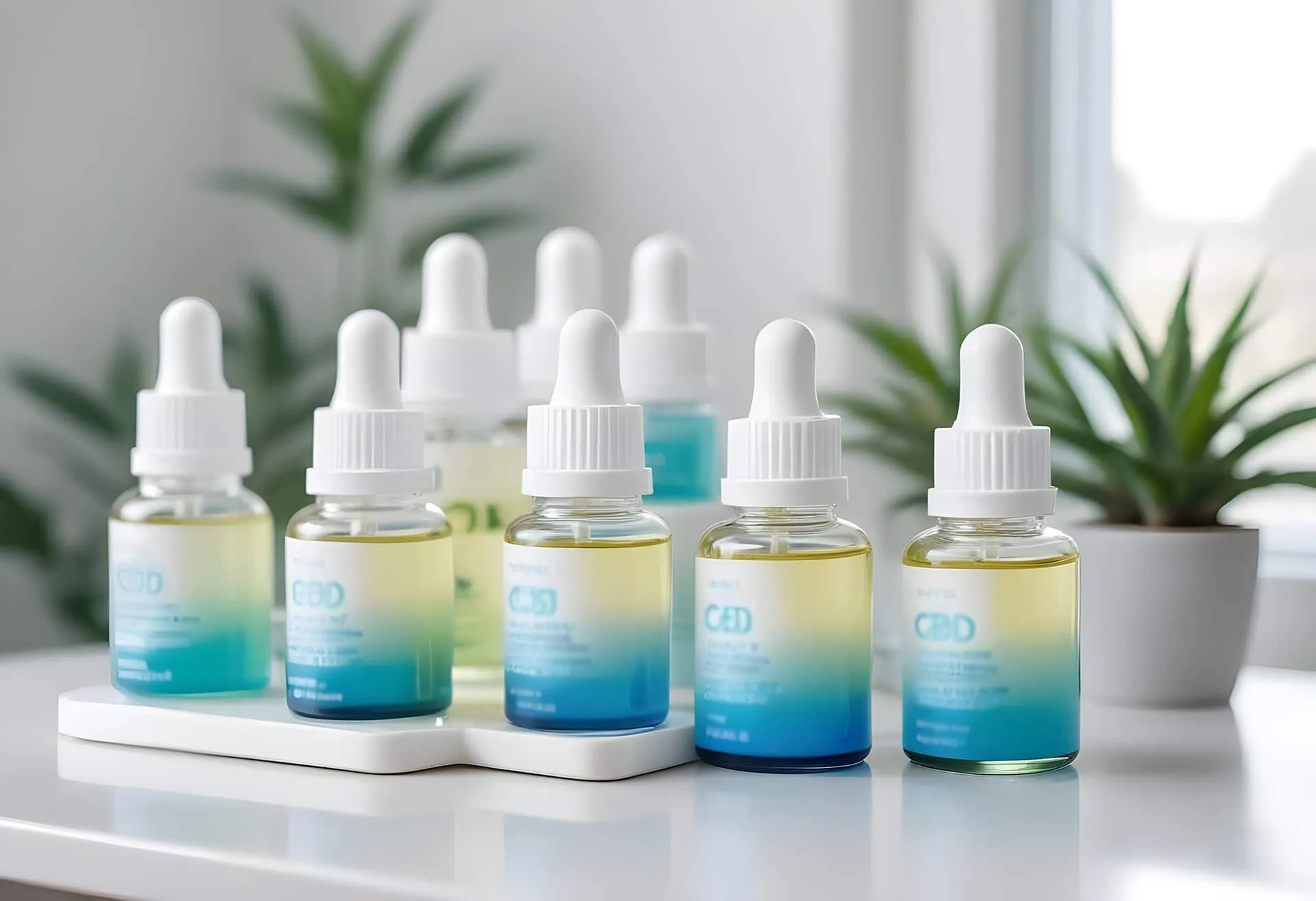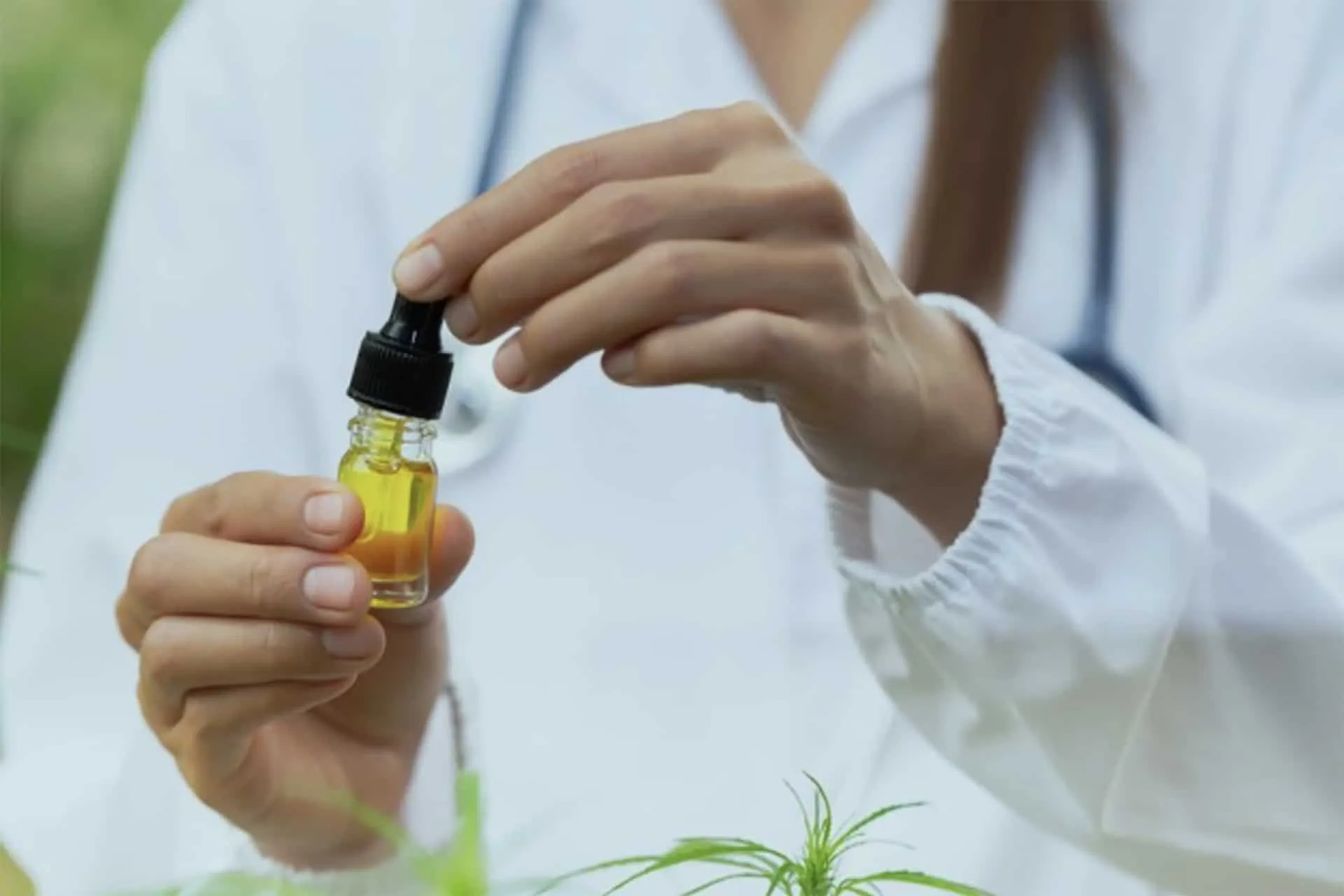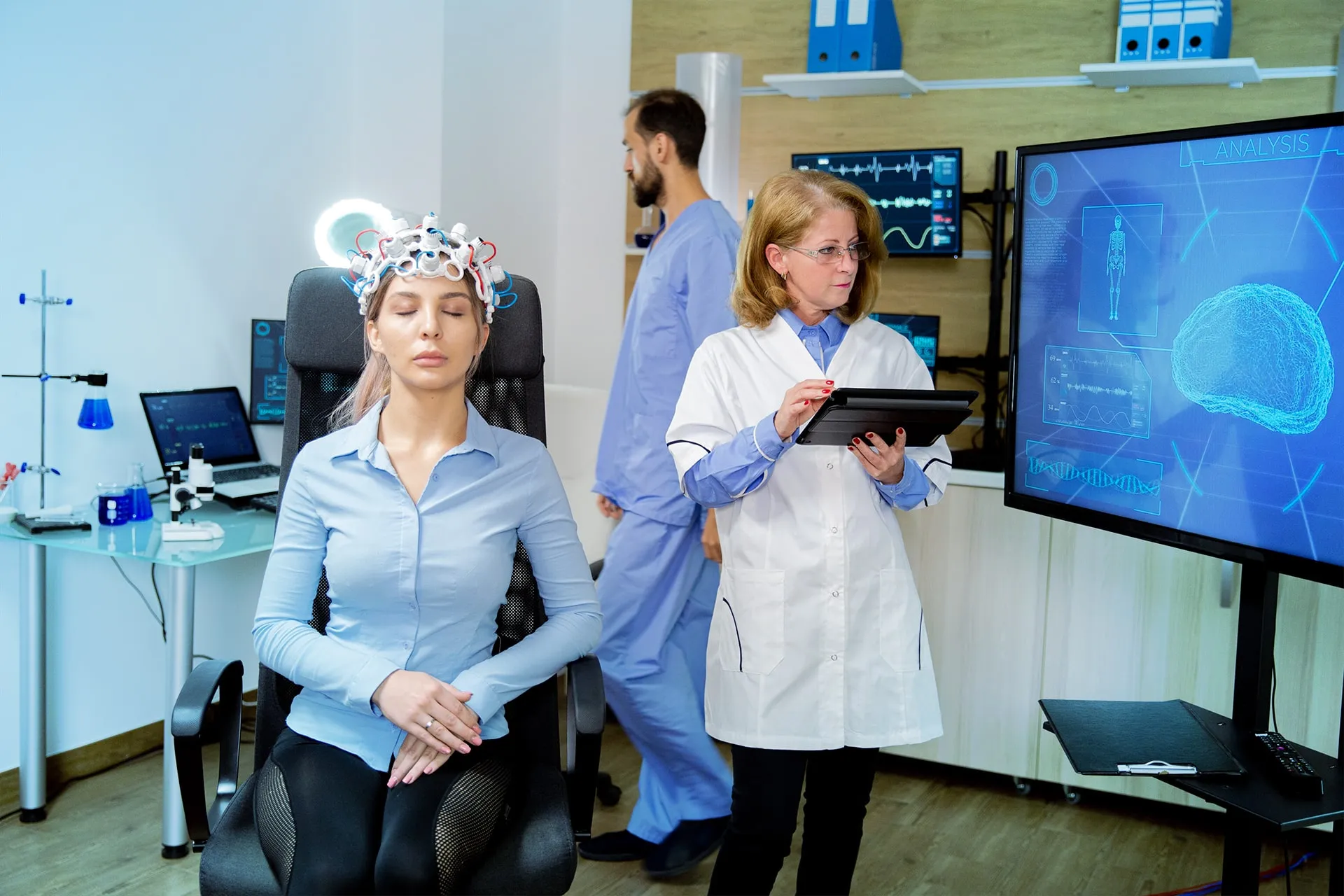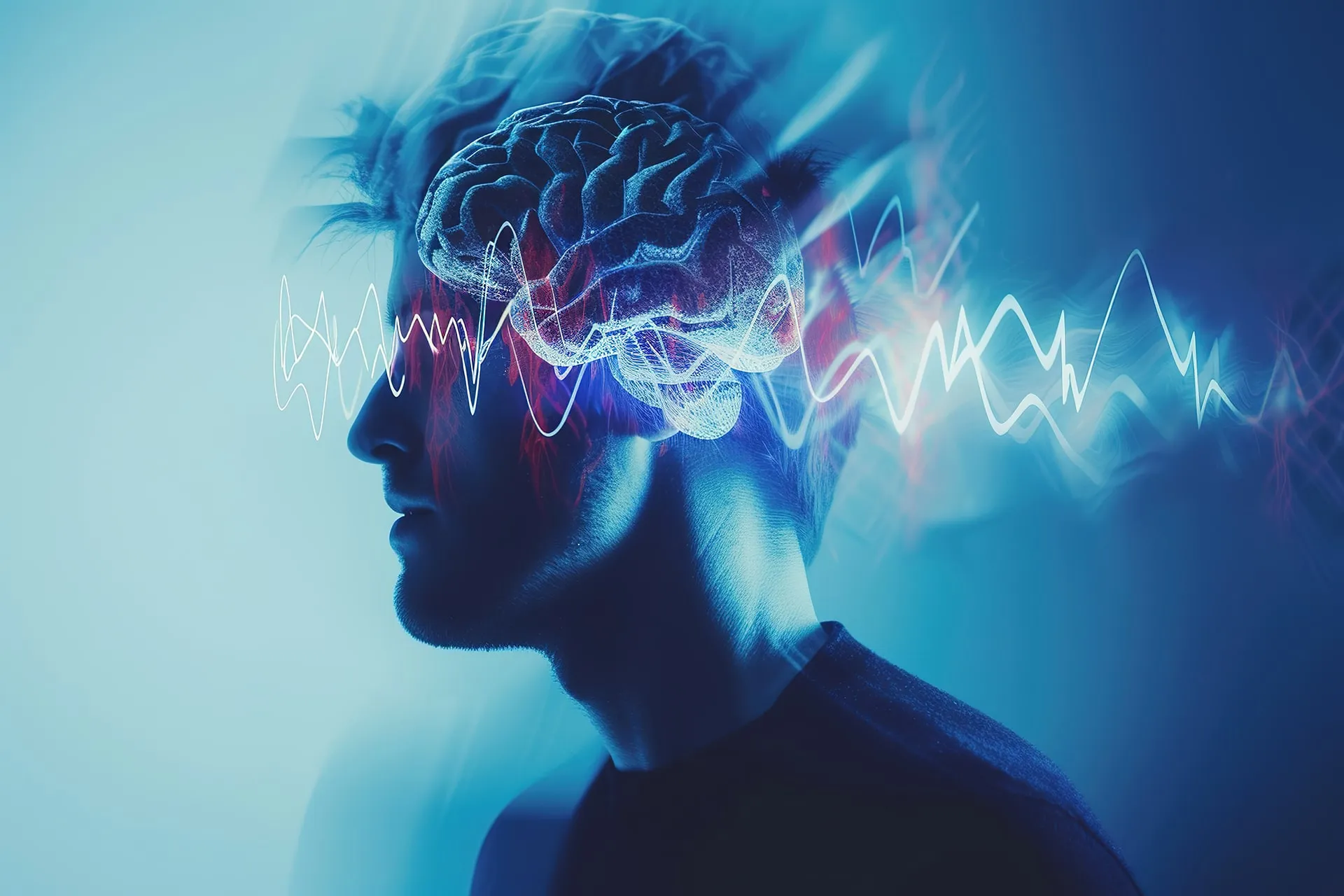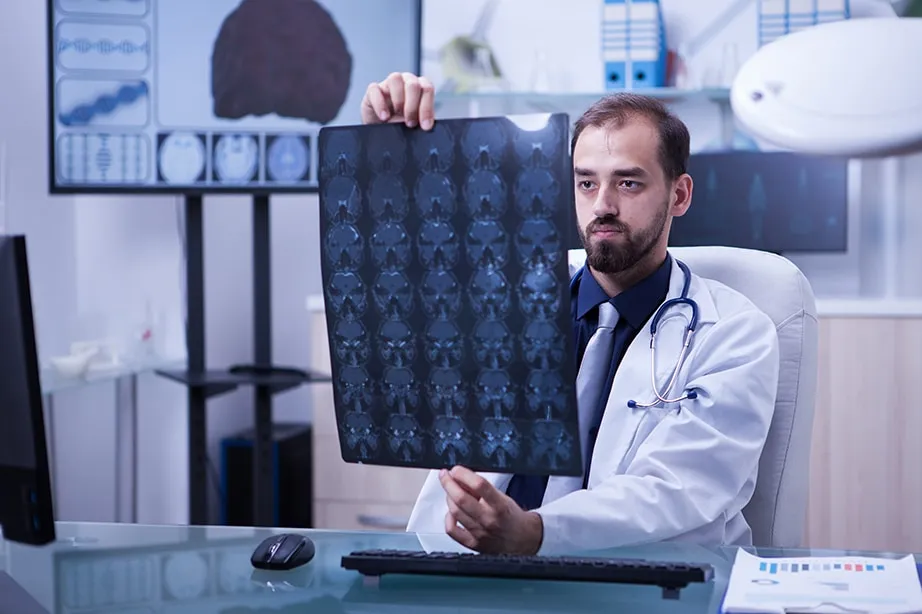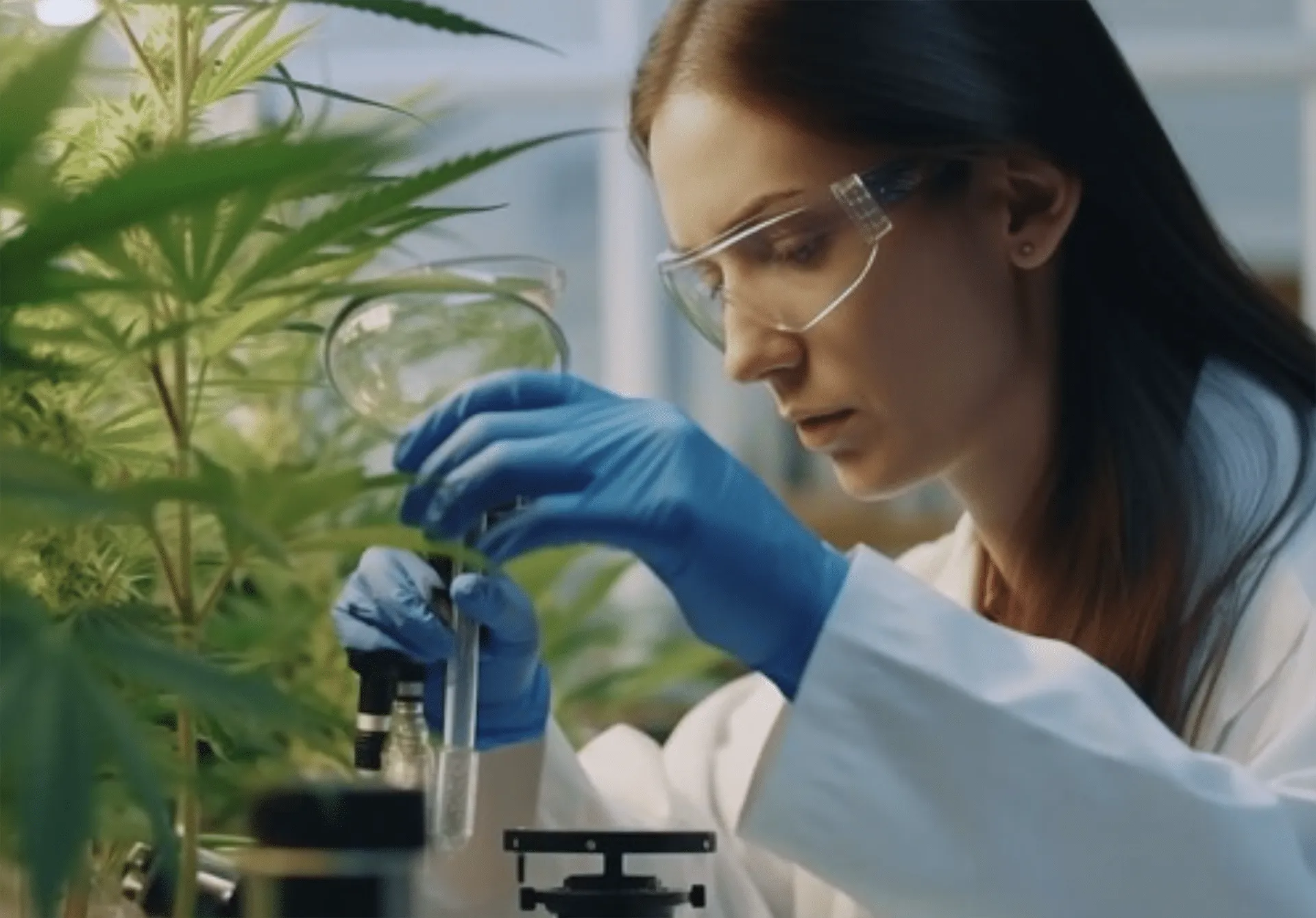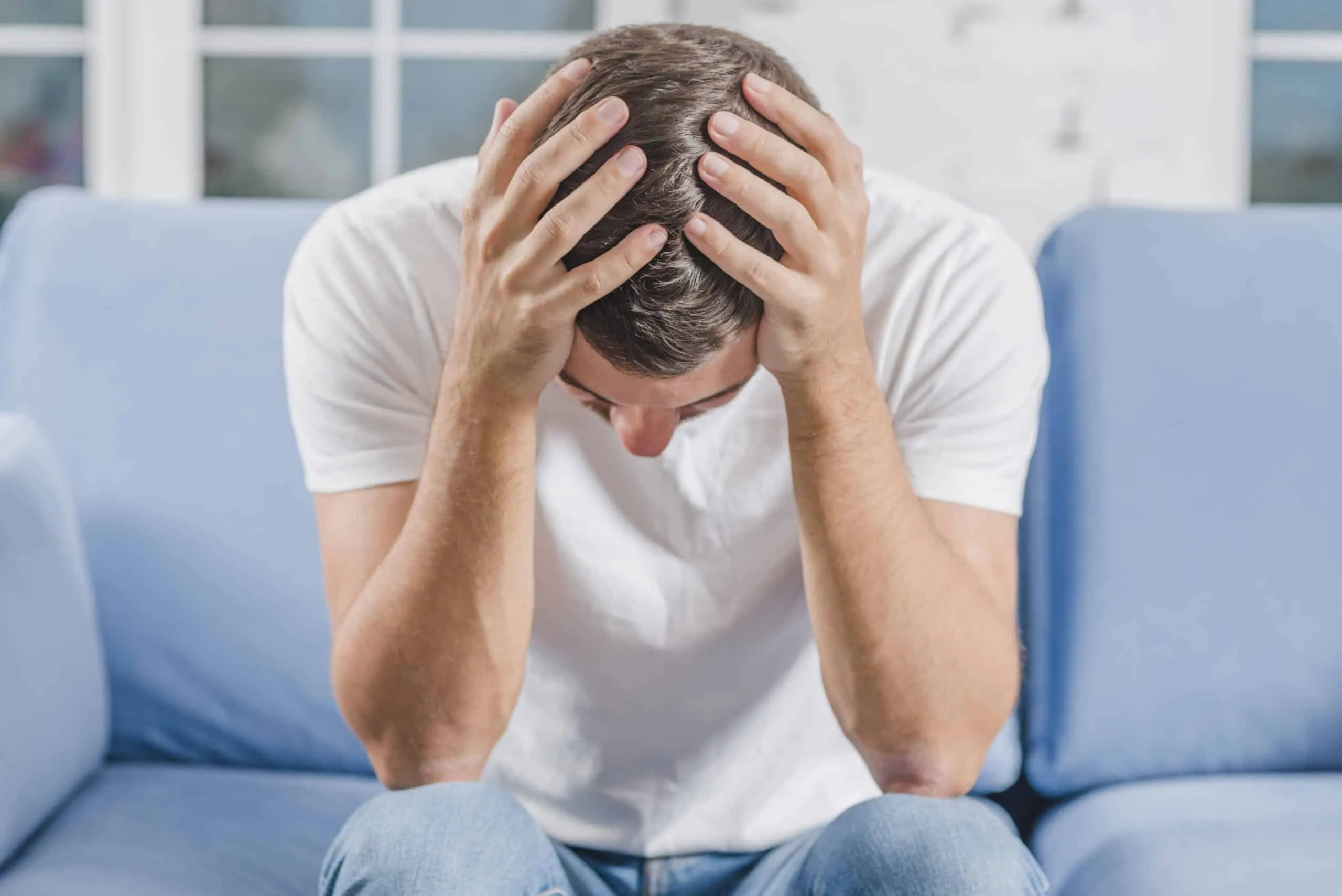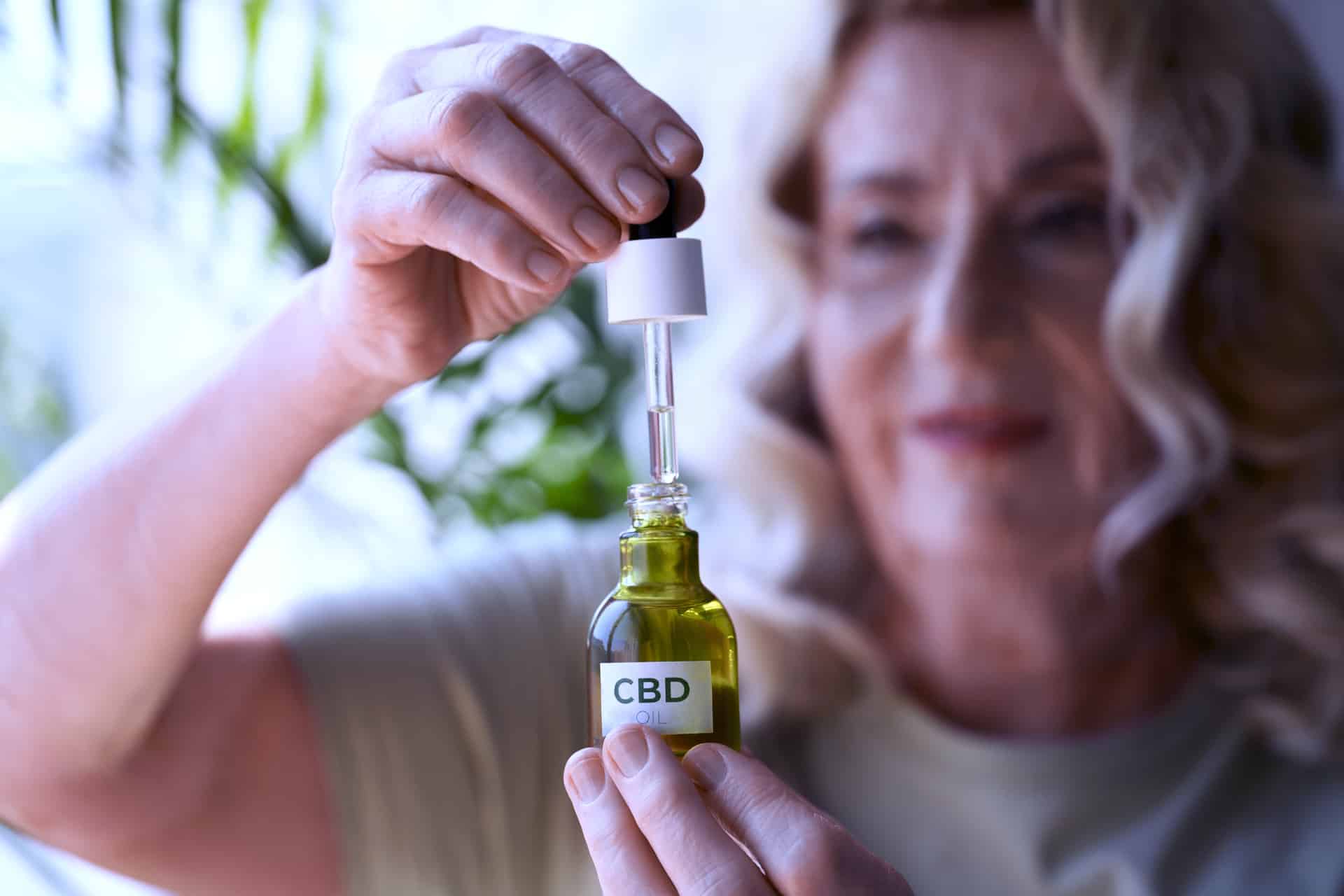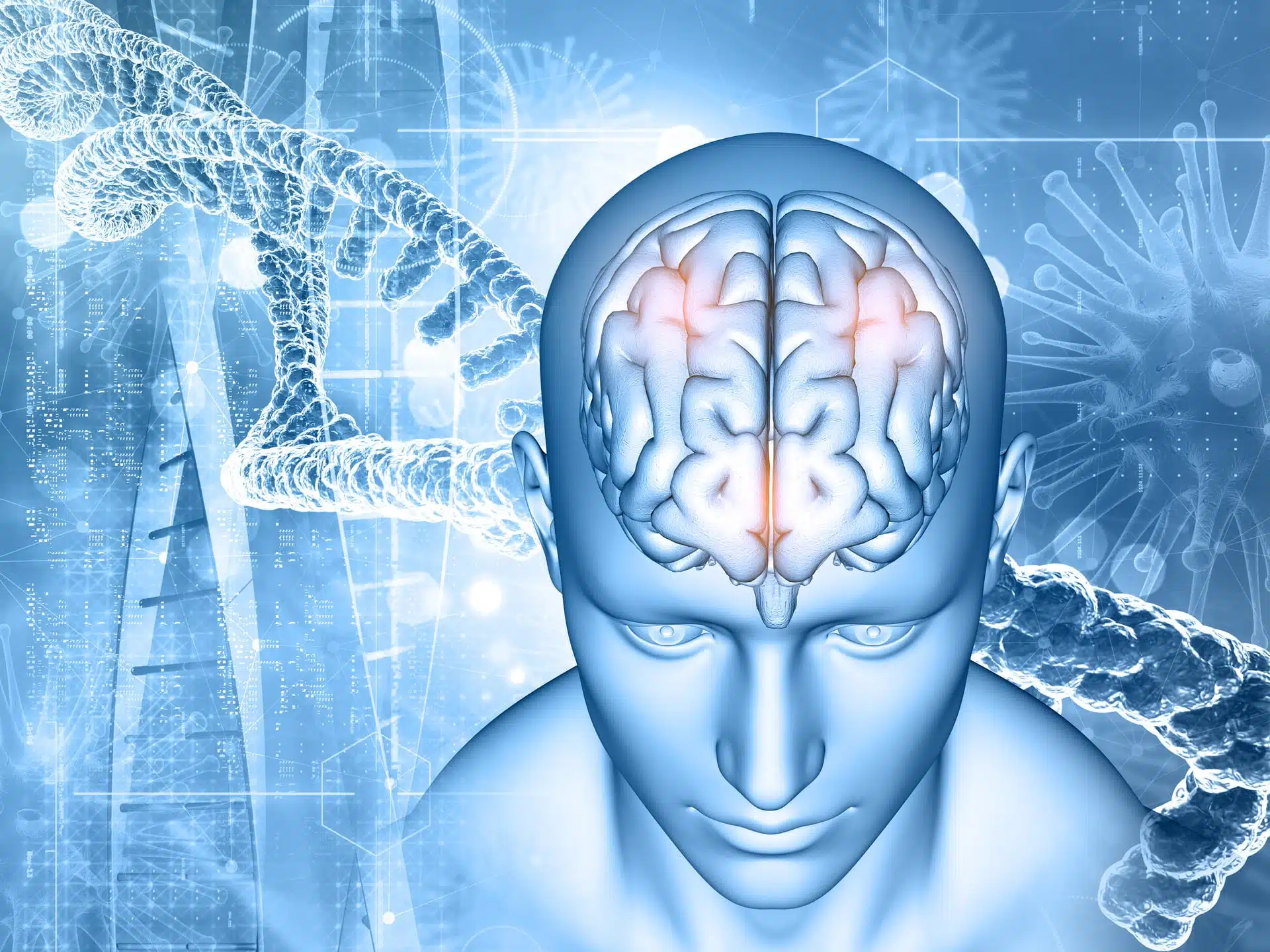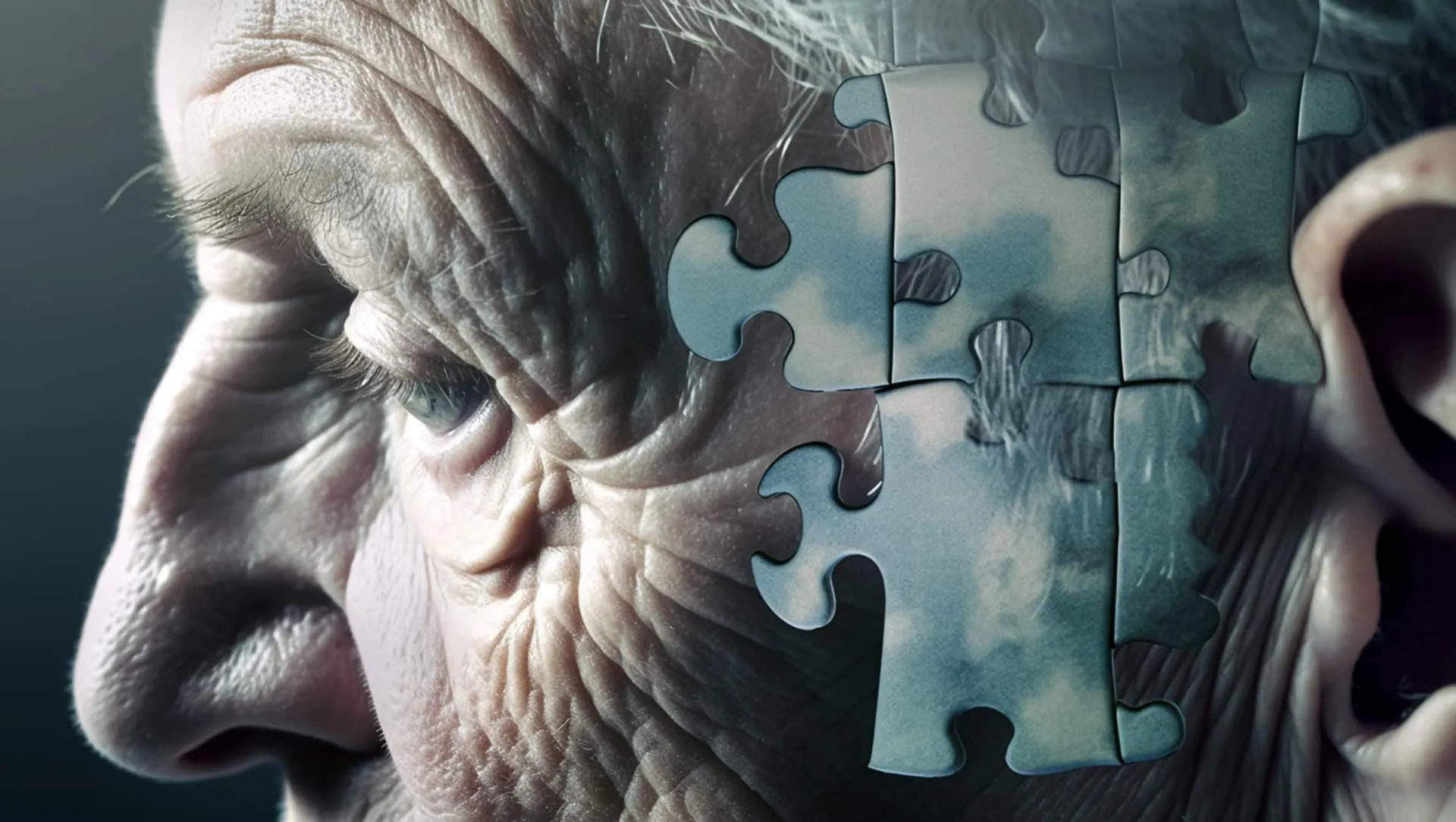Share
Post-traumatic stress disorder (PTSD) and Cannabis
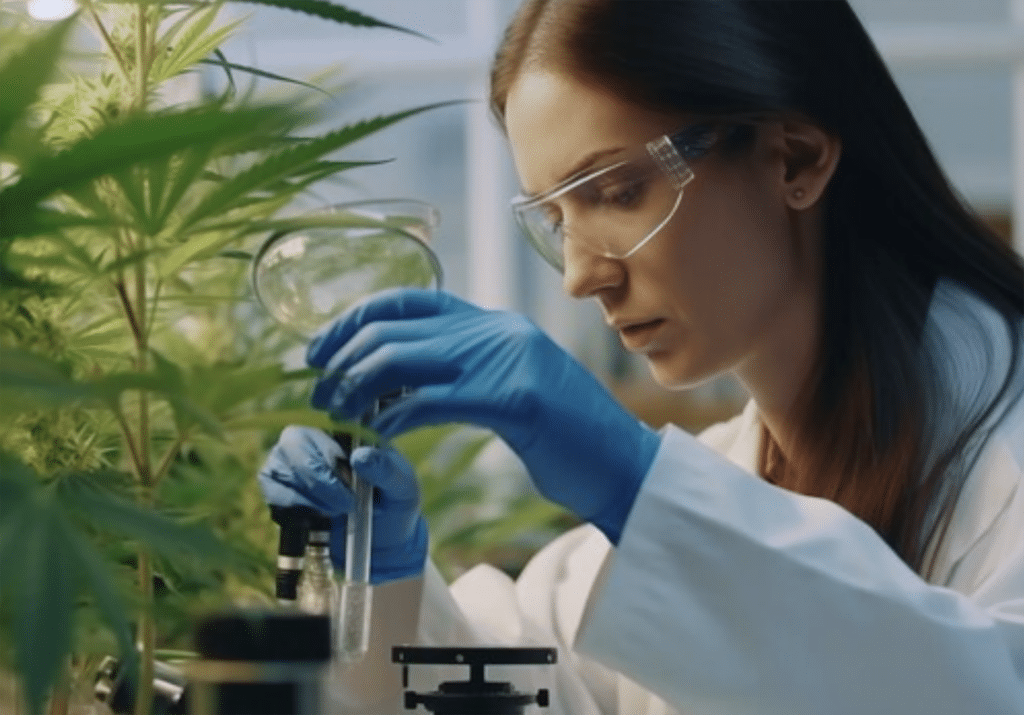
As human beings and throughout our lives, we navigate a complex world where our experiences and perceptions shape both our understanding of ourselves and our environment. Being self-aware means we live through good and bad times, experiencing both joy and sadness; we learn to accept that fact as a part of life. Some events, however, can be so extreme in nature that they shatter one’s perception of the world, and the mind of the individual becomes overwhelmed and unable to make sense of the trauma. This altered perception lies at the heart of traumatic stress.
Post-traumatic stress disorder (PTSD) is the most common psychiatric disorder to arise after exposure to extreme traumatic events, such as interpersonal violence, war and combat, life-threatening accidents or natural disasters. Following exposure to trauma people often claim feeling relief for being alive, however, some find themselves unable to stop reliving the event in their minds, these intrusive and involuntary memories coupled with avoidance and/or efforts to avoid stressing thoughts, dissociative reactions as if the event was still ongoing, exaggerated negative beliefs about the world or oneself, irritable behaviour and hyper-vigilance are hallmarks of PTSD, these symptoms can appear immediately following the event, to months of even years after. To exacerbate the situation PTSD often occurs alongside other conditions including substance abuse, borderline personality disorder and insomnia.
The military is the profession most frequently associated with post-traumatic stress, as war veterans suffer from disproportionately high rates of PTSD, however, police officers, firefighters, first responders/ambulance personnel and healthcare professionals also have an increased risk of being exposed to traumatic events through their daily work. The trauma is the stressor that activates certain processes in an individual leading to the expression of the psychopathology with certain vulnerability factors having impact on the development and severity of the condition, these factors include genetic predisposition, psychiatric history, a history of child abuse, a stressful and unhealthy lifestyle, among others.
Studies using magnetic resonance imaging (MRI) done on PTSD patients show that PTSD affect various parts of the brain and body’s physiological systems, for instance symptoms such a fear and worry, insomnia and memory flashbacks are linked to structural abnormalities in the hippocampus, a structure crucial for forming new memories and spatial navigation, as well as in the anterior cingulate cortex (ACC) involved in processing emotions and regulating emotional responses. Homeostasis is the organism ability to maintain stable internal conditions despite changes in the external environment, in the human body this function is assured by the hypothalamus, pituitary, and adrenal glands (HPA) axis, this hierarchical system is one of the main stress response systems that controls the release of stress hormones and of cortisol a steroid hormone involved in a wide range of processes throughout the body, including metabolism, immune response, and memory consolidation, however, contrary to the expectation of elevated stress hormones in PTSD, research has shown a distinctive pattern characterized by low basal cortisol levels in survivors which develop PTSD, subsequent epigenetic, molecular, and endocrine studies of glucocorticoid signalling and receptor sensitivity have confirmed unique genetic alterations in the survivors HPA axis, this can lead to an overactive sympathetic nervous system, responsible for controlling involuntary body functions, which in turn strengthens the retention of traumatic memories.
Besides physical effects several neurochemical factors are also deregulated in PTSD as shown in the following table
| Neurotransmitter | Effect | Production | Dysregulation | Effects |
|---|---|---|---|---|
| Noradrenaline | Regulates autonomic nervous system | Locus coeruleus | Increased levels | Anxiety, fear extinction deficits, autonomic hyperactivity, sleep disturbances |
| Serotonin | Regulates mood, cognition, memory | Brainstem, midbrain | Altered receptor levels | Anxiety, fear regulation deficits, potential for depression |
| Dopamine | Regulates motor activity, limbic functions, attention | Midbrain | Genetic variations, altered levels of dopamine-beta-hydroxylase | Potential for intrusion symptoms, cognitive difficulties, reward processing abnormalities |
| GABA | Inhibitory neurotransmitter | Throughout the brain | Altered levels | Anxiety, hyperarousal, impaired inhibitory control |
| Endocannabinoids | Interact with cannabinoid receptors | Brain, other tissues | Reduced levels | Anxiety, fear regulation deficits |
As the title suggests the focus will be the role of the endocannabinoid (eCB) system in post-traumatic stress disorder (PTSD).
The eCB system nomenclature derives from the finding that eCBs and plant-derived cannabinoids, first discovered in the plant Cannabis Sativa, share a common molecular receptor. The eCB system is a neuromodulatory lipid system comprised of CB1 and CB2 receptors, and two main endogenous lipid eCBs N-arachidonylethanolamine (AEA, also called anandamide) and 2-arachidonoylglycerol (2-AG). This system plays an essential role in stress response with research pointing that stress and trauma cause long-lasting alterations in this system. In addition studies done using animal models reported that the disruption of the CB1 receptor resulted in increased anxiety behaviour while agonism of the same receptor resulted in changes consistent with reduced anxiety.
These alterations are linked to the development and maintenance of stress-related psychopathology and its effects are still present long after the termination of the trauma. The eCB mediated stress response acts to restore homeostasis in an organism and to promote survival in response to real or perceived threats, including the activation of an autonomic response through the sympathetic nervous system in addition to a neuroendocrine response primarily driven by the hypothalamic-pituitary-adrenal (HPA) axis.
In a study using data from medical cannabis users, who self-identified as suffering from PTSD sought to investigate the effects of inhaled cannabis in PTSD symptoms, namely intrusive thoughts, flashbacks, irritability and anxiety, patients reported reported a 62% reduction in the severity of intrusive thoughts, a 51% reduction in flashbacks, a 67% reduction in irritability, and a 57% reduction in the severity of anxiety, from before to after inhaling cannabis, the same study however, also reported that cannabis may not uniformly reduce PTSD symptoms for everyone and the symptoms relief to be only temporary. Another study performed with 217 medical cannabis users in California, reported a reduction of hyperarousal symptoms, such as stress (24%) and anxiety (20%); depressive symptoms (10%); and in general of PTSD symptomatology (4%) amongst PTSD participants, particularly those with greater levels of traumatic intrusions and lower levels of well-being, similar results were obtained following the New Mexico Medical Cannabis Program from 2009 to 2011, reporting a reduction of > 75% in PTSD symptomatology in patients using cannabis compared to when they were not.
As previously mentioned, there is a strong link between PTSD and substance use disorders (SUDs) due to the shared involvement of several key brain structures and neurocircuitry in both conditions. These include amygdala hyperactivity and chronic activation of brain stress systems, which are central to the development and perpetuation of addictive behaviours.
Among US Army veterans the use of cannabis has seen a sharp increase, consumed for its calming and relaxing effects and perceived safeness, when compared with other psychopharmacological compounds and/or alcohol. Studies have indicated that combat-exposed veterans who use marijuana regularly often report expectations of relief from PTSD symptoms, particularly intrusive thoughts and nightmares, the preliminary research supports this hypothesis. A pilot study involving 10 patients with chronic PTSD found that adding a low dose of tetrahydrocannabinol (THC) to their existing medication regimen resulted in improved sleep quality and reduced frequency of nightmares. While some mild side effects were observed, the overall tolerability of THC was generally good. Additionally, cannabidiol (CBD), a non-psychoactive component of cannabis, has shown promise in managing PTSD symptoms. A retrospective study found that CBD administration over an eight-week period led to a significant reduction in PTSD severity and intensity. Importantly, CBD was well-tolerated, with no patients discontinuing treatment due to side effects, in addition research has shown promising findings for CBD as an enhancer of fear extinction and therapeutic consolidation of emotional memories. While cannabis has shown potential benefits for individuals with PTSD, there are also significant risks associated with its use. Chronic recreational cannabis use can lead to dependence, cognitive dysfunction, and an increased risk of psychosis. Long-term use can also lead to a downregulation of CB1 receptors in the brain, reducing the effectiveness of endogenous cannabinoids and potentially contributing to tolerance and dependence.
Clinical Trials
| Study Title | Study URL | Conditions | Study Type |
|---|---|---|---|
| Wayne State Warriors Marijuana Clinical Research Program: Cannabinoid Adjunct to Prolonged Exposure & Recovery | https://clinicaltrials.gov/study/NCT06222268 | PTSD, Post Traumatic Stress Disorder | Interventional |
| Nabilone in Cannabis Users With PTSD | https://clinicaltrials.gov/study/NCT03251326 | Cannabis, Post Traumatic Stress Disorder | Interventional |
| Pilot Study of the Safety and Efficacy of Four Different Potencies of Smoked Marijuana in 76 Veterans With PTSD | https://clinicaltrials.gov/study/NCT02759185 | Posttraumatic Stress Disorder | Interventional |
| Warrior CARE: Cannabis Behavioral Health | https://clinicaltrials.gov/study/NCT06381180 | Post Traumatic Stress Disorder, Cannabis Use, Suicide, Veterans, Marijuana | Interventional |
| Short-Term Exposure for PTSD | https://clinicaltrials.gov/study/NCT02874898 | Chronic Post-Traumatic Stress Disorder, Marijuana Abuse | Interventional |
| Evaluating Safety and Efficacy of Cannabis in Participants With Chronic Posttraumatic Stress Disorder | https://clinicaltrials.gov/study/NCT02517424 | Posttraumatic Stress Disorder | Interventional |
| Reducing Cannabis Overuse With Prazosin | https://clinicaltrials.gov/study/NCT04721353 | Cannabis Dependence, Posttraumatic Stress Disorder, Cannabis Use Disorder | Interventional |
| Warrior CARE: Naturalistic Observation and Harm Reduction | https://clinicaltrials.gov/study/NCT05386862 | Post Traumatic Stress Disorder, Cannabis Use, Suicide | Interventional |
| Add on Study on Δ9-THC Treatment for Posttraumatic Stress Disorders (PTSD) | https://clinicaltrials.gov/study/NCT00965809 | Posttraumatic Stress Disorders | Interventional |
Functional Outcomes of Cannabis Use (FOCUS) in Veterans With Posttraumatic Stress Disorder | https://clinicaltrials.gov/study/NCT04565028 | PTSD, Cannabis-Related Disorder | Interventional |
| Mitigating PTSD-CUD After Sexual Assault | https://clinicaltrials.gov/study/NCT05989841 | Posttraumatic Stress Disorder, Cannabis Use Disorder | Interventional |
| Cannabidiol as a Treatment for AUD Comorbid With PTSD | https://clinicaltrials.gov/study/NCT03248167 | Alcohol Use Disorder, Post Traumatic Stress Disorder | Interventional |
| Treating Nightmares in Posttraumatic Stress Disorder With Dronabinol | https://clinicaltrials.gov/study/NCT04448808 | Posttraumatic Stress Disorder | Interventional |
| Effects of Delta9-tetrahydrocannabinol (THC) on Retention of Memory for Fear Extinction Learning in PTSD: R33 Study | https://clinicaltrials.gov/study/NCT04080427 | Posttraumatic Stress Disorder | Interventional |
| Imaging Cannabinoid Receptors Using Positron Emission Tomography (PET) Scanning | https://clinicaltrials.gov/study/NCT01730781 | Schizophrenia, Cannabis Dependence, Prodromal for Psychotic Illness, Family History of Alcoholism, Healthy Control, Opioid-use Disorder, Post Traumatic Stress Disorder | Observational |
References
VA.gov | Veterans Affairs. (n.d.). https://www.ptsd.va.gov/understand/what/index.asp
7 High-Risk professions that can lead to PTSD. (2022, October 6). Desert Hope. https://deserthopetreatment.com/co-occurring-disorders/ptsd/high-risk-professions/
Yehuda, R., Hoge, C. W., McFarlane, A. C., Vermetten, E., Lanius, R. A., Nievergelt, C. M., Hobfoll, S. E., Koenen, K. C., Neylan, T. C., & Hyman, S. E. (2015). Post-traumatic stress disorder. Nature Reviews Disease Primers, 1(1). https://doi.org/10.1038/nrdp.2015.57
Shalev, A., Liberzon, I., & Marmar, C. (2017). Post-Traumatic Stress Disorder. New England Journal of Medicine, 376(25), 2459–2469. https://doi.org/10.1056/nejmra1612499
Jowf, G. I. A., Ahmed, Z. T., Reijnders, R. A., De Nijs, L., & Eijssen, L. M. T. (2023). To Predict, prevent, and Manage Post-Traumatic Stress Disorder (PTSD): A review of pathophysiology, treatment, and biomarkers. International Journal of Molecular Sciences, 24(6), 5238. https://doi.org/10.3390/ijms24065238
Nia, A. B., Bender, R., & Harpaz-Rotem, I. (2019). Endocannabinoid system Alterations in Posttraumatic Stress Disorder: A review of developmental and accumulative effects of trauma. Chronic Stress, 3, 247054701986409. https://doi.org/10.1177/2470547019864096
LaFrance, E. M., Glodosky, N. C., Bonn-Miller, M., & Cuttler, C. (2020). Short and Long-Term Effects of Cannabis on Symptoms of Post-Traumatic Stress Disorder. Journal of Affective Disorders, 274, 298–304. https://doi.org/10.1016/j.jad.2020.05.132
Orsolini, L., Chiappini, S., Volpe, U., De Berardis, D., Latini, R., Papanti, G., & Corkery, J. (2019). Use of medicinal cannabis and Synthetic cannabinoids in Post-Traumatic Stress Disorder (PTSD): a systematic review. Medicina, 55(9), 525. https://doi.org/10.3390/medicina55090525
Bonn-Miller, M. O., Brunstetter, M., Simonian, A., Loflin, M. J., Vandrey, R., Babson, K. A., & Wortzel, H. (2022). The Long-Term, Prospective, Therapeutic Impact of Cannabis on Post-Traumatic Stress Disorder. Cannabis and Cannabinoid Research, 7(2), 214–223. https://doi.org/10.1089/can.2020.0056

